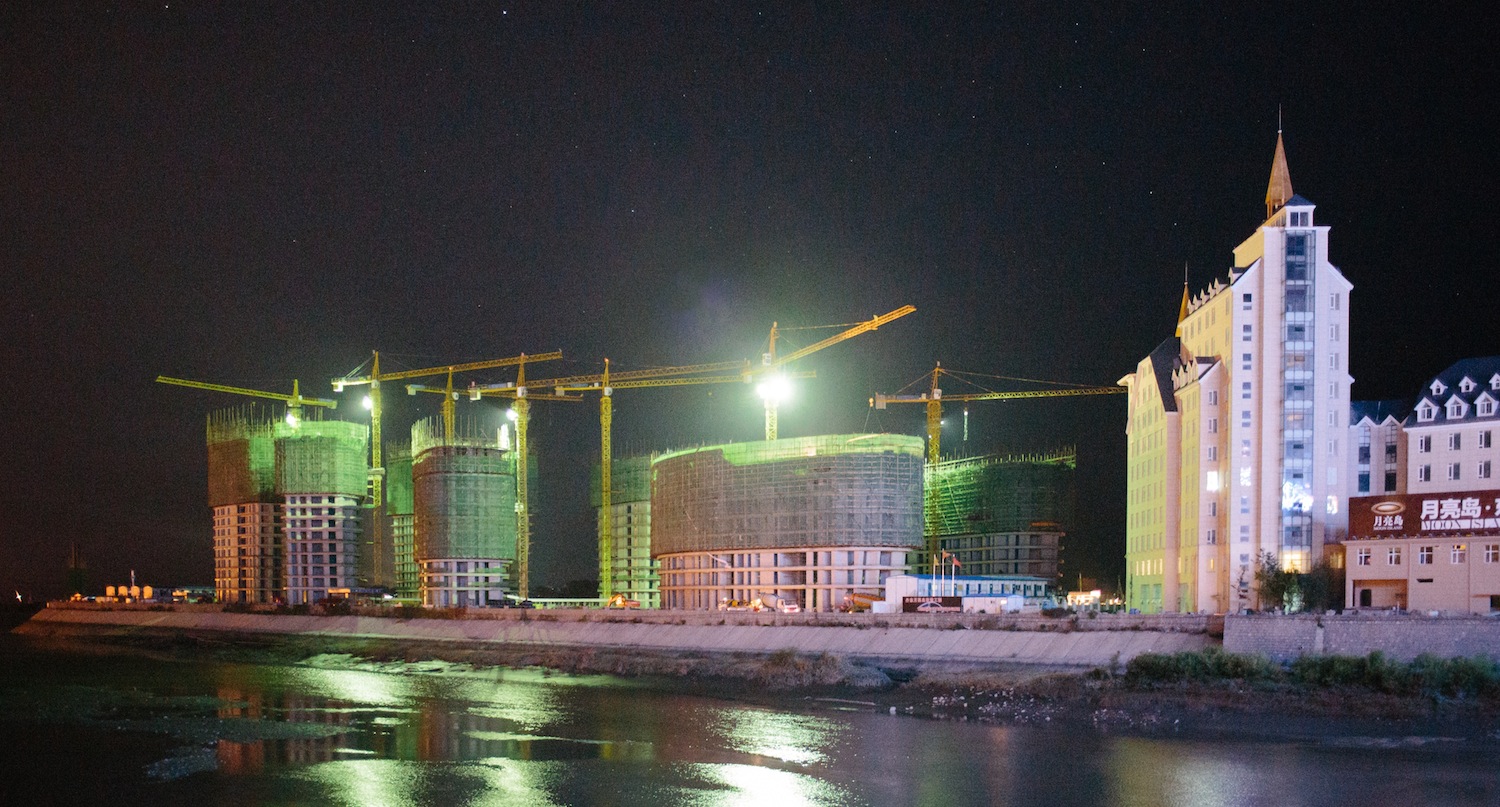Three countries—The United States, China, and India—will account for nearly three-fifths of worldwide construction growth over the next 15 years. However, their respective expansions are expected to vary markedly.
In their latest report, “Global Construction 2030,” Global Construction Perspectives and Oxford Economics estimate that annual worldwide construction activity would increase by an average of 3.9% over the next decade and a half, or one percentage point higher than the projected global GDP over that period.
The report forecasts that construction output will expand by 85% to $15.5 trillion worldwide in 2030, with the U.S., China, and India accounting for 57% of that growth. While China should remain the world’s largest construction market, its building activity is slowing and will increase “only marginally” during these years.
U.S. construction, on the other hand, is expected to grow at a 5% per year clip. America’s southern states will be the country’s construction engine over this period. And four metropolitan areas—New York, Chicago, Los Angeles, and Houston, which aggregately are home to 15% of the U.S. population—alone should account for 27% of the country’s entire construction output over this period.
Even as speculation, this report is good news for American construction workers whose industry has yet to recover fully from the last recession. Construction unemployment rate in October fell to its lowest level since 2007, according to the Bureau of Labor Statistics. But there were 6.43 million construction workers employed in the U.S. in October, compared to 7.73 million in April 2006.
Census Bureau data show that construction spending in the U.S. has been rising since February 2011—when it was just shy of an annualized $755 billion—to $1.09 trillion in September 2015. But that latest figure still falls short of the last peak, $1.213 trillion in March 2006.
Back on the world stage, India is on pace to surpass Japan as the world’s third-largest construction market by 2021, and grow at twice the rate of China through 2030, says Graham Robinson, Global Construction Perspectives’ executive director. He notes that India’s urban population over the next 15 years is expected to increase by a “staggering” 165 million, with Delhi alone adding 10.4 million people to become the world’s second-largest city.
The report sees only modest construction growth going on in Europe, which might not reach pre-recession levels again until 2025. The exception could be the United Kingdom, which the report sees overtaking Germany as the world’s sixth-largest construction market by 2030.
On the other hand, “the current weakness in most emerging countries [such as Brazil, Indonesia, and Russia] is likely to be temporary, with higher growth rates soon returning,” writes Mike Betts of Global Construction Perspectives.
The full report can be downloaded (single user license) for £1,875 ($US2,851).
Related Stories
| Nov 27, 2013
Retail renaissance: What's next?
The retail construction category, long in the doldrums, is roaring back to life. Send us your comments and projects as we prepare coverage for this exciting sector.
| Nov 27, 2013
Pediatric hospitals improve care with flexible, age-sensitive design
Pediatric hospitals face many of the same concerns as their adult counterparts. Inpatient bed demand is declining, outpatient visits are soaring, and there is a higher level of focus on prevention and reduced readmissions.
| Nov 27, 2013
Exclusive survey: Revenues increased at nearly half of AEC firms in 2013
Forty-six percent of the respondents to an exclusive BD+C survey of AEC professionals reported that revenues had increased this year compared to 2012, with another 24.2% saying cash flow had stayed the same.
| Nov 27, 2013
Wonder walls: 13 choices for the building envelope
BD+C editors present a roundup of the latest technologies and applications in exterior wall systems, from a tapered metal wall installation in Oklahoma to a textured precast concrete solution in North Carolina.
| Nov 27, 2013
University reconstruction projects: The 5 keys to success
This AIA CES Discovery course discusses the environmental, economic, and market pressures affecting facility planning for universities and colleges, and outlines current approaches to renovations for critical academic spaces.
| Nov 26, 2013
7 ways to make your firm more successful
Like all professional services businesses, AEC firms are challenged to effectively manage people. And even though people can be rather unpredictable, a firm’s success doesn’t have to be. Here are seven ways to make your firm more successful in the face of market variability and uncertainty.
| Nov 26, 2013
Design-build downsized: Applying the design-build method in an era of smaller projects
Any project can benefit from the collaborative spirit and cooperative relationships embodied by design-build. But is there a point of diminishing return where the design-build project delivery model just doesn't make sense for small projects? Design-build expert Lisa Cooley debates the issue.
| Nov 25, 2013
Insider tips on how to get picked a BD+C 40 Under 40 winner
We just posted the Entry Form for our 9th Annual BD+C "40 Under 40" competition. Frankly, the Entry Form is just the basic data. The real meat of your entry is your Personal Statement.
| Nov 25, 2013
Electronic plan review: Coming soon to a city near you?
With all the effort AEC professionals put into leveraging technology to communicate digitally on projects, it is a shame that there is often one major road block that becomes the paper in their otherwise “paperless” project: the local city planning and permitting department.
| Nov 22, 2013
Kieran Timberlake, PE International develop BIM tool for green building life cycle assessment
Kieran Timberlake and PE International have developed Tally, an analysis tool to help BIM users keep better score of their projects’ complete environmental footprints.
















